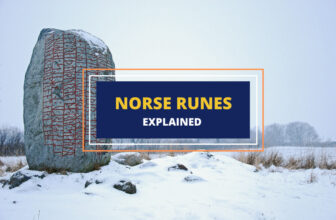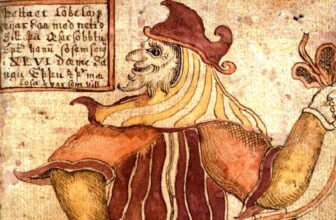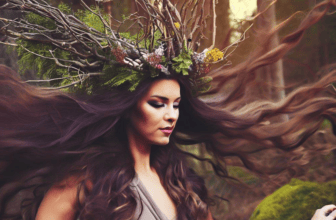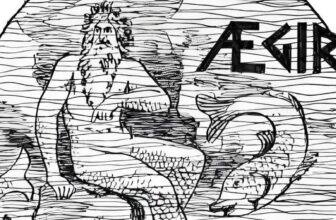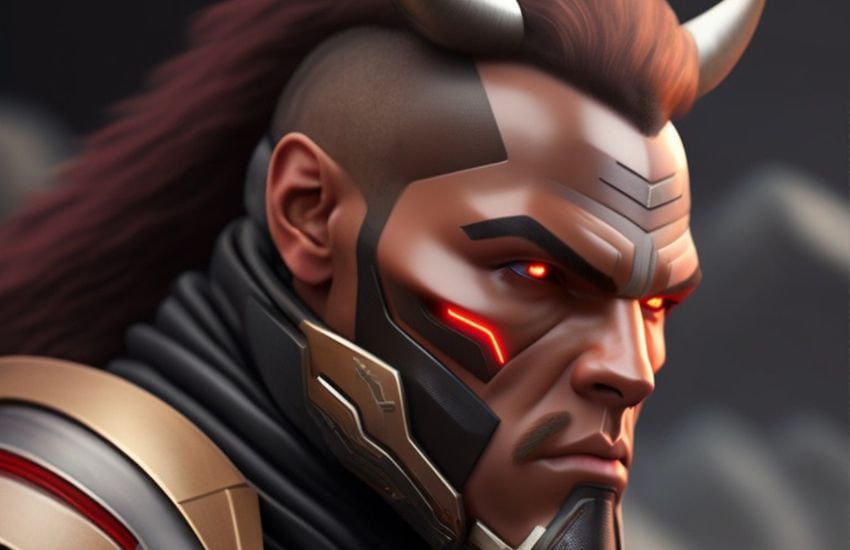
Table of Contents
The berserkers were powerful Norse warriors known for their wild battle tactics. They were strong and aggressive fighters, who struck fear in the hearts of their enemies. They fought as though they were in a trance, and might have used certain plants or rituals to induce this state.
While there’s no specific ‘berseker symbol’, there are some images that are associated with them. What’s more, the bersekers themselves have become a symbol of power themselves. Let’s find out more about these Norse warriors and how they’ve influenced modern culture.
Who Were the Berserkers?
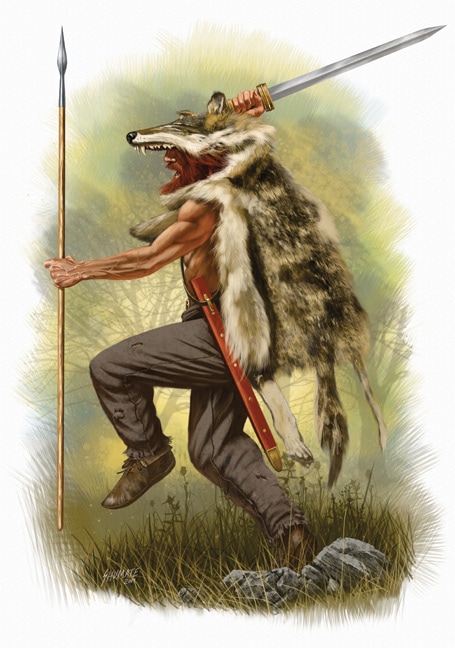
The name “berserker” likely means “bear shirt” in the old Viking language, hinting that they wore bear skins when they fought. People believed these warriors were so strong that they could ignore injuries and didn’t feel pain during battle, which is why people were in awe of them. Berserkers were a crucial part of Viking legends and stories and their reputation spread far and wide, making them one of the most iconic warriors in history.
What Did the Bersekers Symbolize?
The berserkers were seen as powerful symbols themselves. This symbolism included bravery, strength, and power. They were also seen as having a special connection with gods, as warriors of Odin. They were known for fighting with intense passion, which is why many believed they had special powers. Some believed these powers came from gods, especially Odin.
The berserkers sometimes wore bear or wolf skins, which made them seem even more powerful, as if they took on animal strengths. They were both respected and feared because of their fierce reputation. But it wasn’t just about fighting; they were also extremely loyal to their leaders and gods. This is why they’re regarded as symbols of loyalty, power, and dedication.
What are Berseker Symbols?
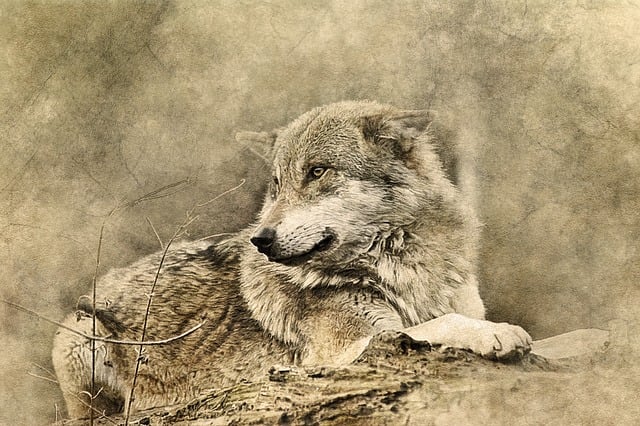
The berserkers in Norse tales are closely tied to certain symbols that highlight their special qualities. Like I mentioned above, these warriors wore bear or wolf skins during fights. Wearing these pelts wasn’t just a fashion statement; it showed they were channeling the strength and fierceness of these animals.
Then, there’s Odin, the Allfather, who is associated with war, poetry, and wisdom. Many believe that the berserkers had a unique bond with Odin. Symbols linked to Odin, like the valknut (a design of three interlocking triangles) and his pet ravens, Huginn and Muninn, also became tied to the berserkers.
The berserkers’ weapons, especially axes and swords engraved with runes, stand as symbols of their battle skills. Some runes were believed to have magic-like powers, and they were sometimes carved onto the berserkers’ gear for protection or strength.
Lastly, if you see art from this time showing warriors looking wild-eyed or lost in some trance, that’s most likely the berserkers’ signature battle rage. It’s not an actual “symbol,” but it does show what made them so special in battle.
Origin and History of the Berserker Symbol
Historical records and sagas give different accounts of berserkers. Some describe them as elite warriors who could enter a trance-like fury before battle, making them immune to pain and fear. This frenzied state, often called “berserker rage,” could have been triggered by ritualistic practices, ingesting certain intoxicants, or even certain medical conditions.
There are various references to berserkers in Old Norse literature. In the “Ynglinga Saga,” they’re described as warriors of Odin who could perform feats no regular man could. Other sagas, like the “Saga of Hrolf Kraki,” detail their ferocity in battle.
Berserkers were often associated with specific animals, notably bears and wolves. The bear was a symbol of strength and bravery, while the wolf represented fierce aggression. This association led to tales of berserkers transforming into these animals during combat.
Although no widely accepted “berserker symbol” exists as a specific badge or logo, the vision of a fighter draped in animal hides or depictions of fierce beasts captures the essence of the berserker idea. As Christianity spread across Scandinavia, the perception of berserkers shifted negatively, and their rituals were criticized. Still, their tales persevered, cementing their place in Viking history.
What is the Mythological Significance of the Berserker Symbol?
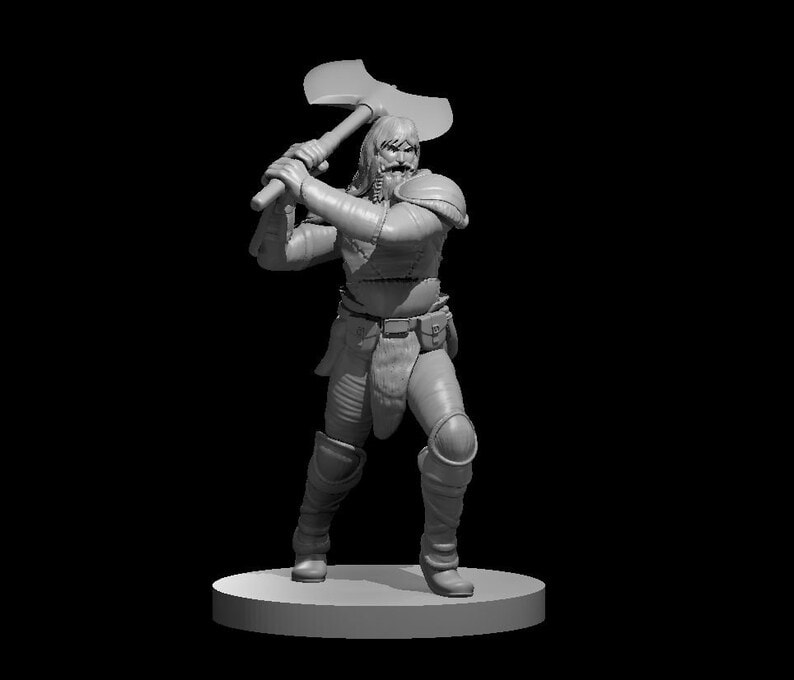
The symbolism of the berseker warrior stands for bravery, a connection to the gods, the power of transformation, and loyalty. It shows the deep beliefs of the Norse people and how everything is linked.
Odin’s Special Warriors
Many believed berserkers were picked by Odin. When they fought, it seemed as if Odin himself took over their bodies, giving them huge strength and bravery. Wearing the berserker symbol, i.e., bear or wolf pelts, meant the warrior was under Odin’s special protection.
Man and Animal Mix
In many traditions, bears stand for power and bravery. Some believed that by wearing a bear’s skin, a fighter could tap into the bear’s strength. This idea touches on Norse stories where lines blur between humans, nature, and gods.
Animal Symbols
Besides bears, some berserkers connected with wolves. These animals weren’t just seen as creatures but also as symbols of different strengths and abilities. By choosing an animal symbol, warriors were trying to harness its power.
Special Rituals
Berserkers didn’t just get angry and ready for battle randomly. They might have used certain plants or dances to reach this fighting state. This way of getting ready for battle is a symbol of how humans can reach out and connect with powerful forces.
A Sign of Fear and Loyalty
The berserkers were meant to scare enemies because of their fierce reputation. For friends, they showed total commitment to the group and to the Norse gods.
Modern Interpretations of the Berserker Symbol
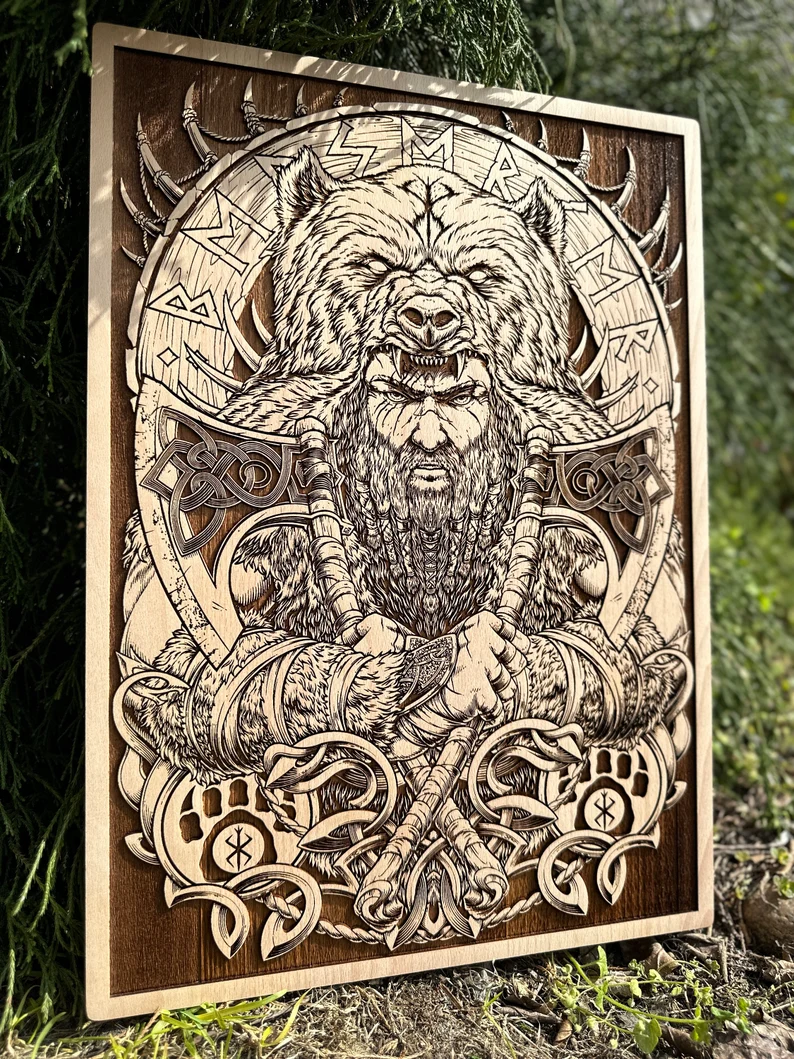
In modern times, the berserker symbol and the imagery associated with berserkers have evolved and been adapted in various ways. Let’s take a closer look at some of these:
Sports
Some sports teams or players use the berserker as a symbol of their grit, power, and the drive to win at all costs. Just like berserkers never backed down, athletes aim to give their best, pushing boundaries every time.
Fashion and Tattoos
Berserker designs are trendy in tattoos and clothes. Getting a berserker tattoo can be a way for people to express their strength and resilience. It’s about showing that, like these warriors, they can face challenges head-on.
Mental States
People use the phrase “going berserk” when someone gets really angry and loses control. It’s not a positive saying but links back to stories of berserkers in their wild battle states. This shows how old words can stick around.
Martial Arts and Training
Some fighting schools use the berserker idea to inspire. They push trainees to immerse fully, channel raw energy, and break their limits. It’s about finding a primal force inside, like berserkers did.
Personal Development
Self-help often talks about unlocking potential and facing fears. The berserker’s journey from man to fearless fighter can be a symbol here. It’s about finding inner strength, just like these ancient warriors.
Modern Paganism and Heathenry
Groups trying to bring back Norse traditions might honor berserkers. They see the warrior’s bond with gods like Odin. It’s a spiritual connection, merging belief and battle strength.
Social and Political Movements
Some movements use the berserker symbol for its defiance and strength. It’s a way of showing they won’t back down and will fight for their cause.
Berserker-Inspired Jewelry
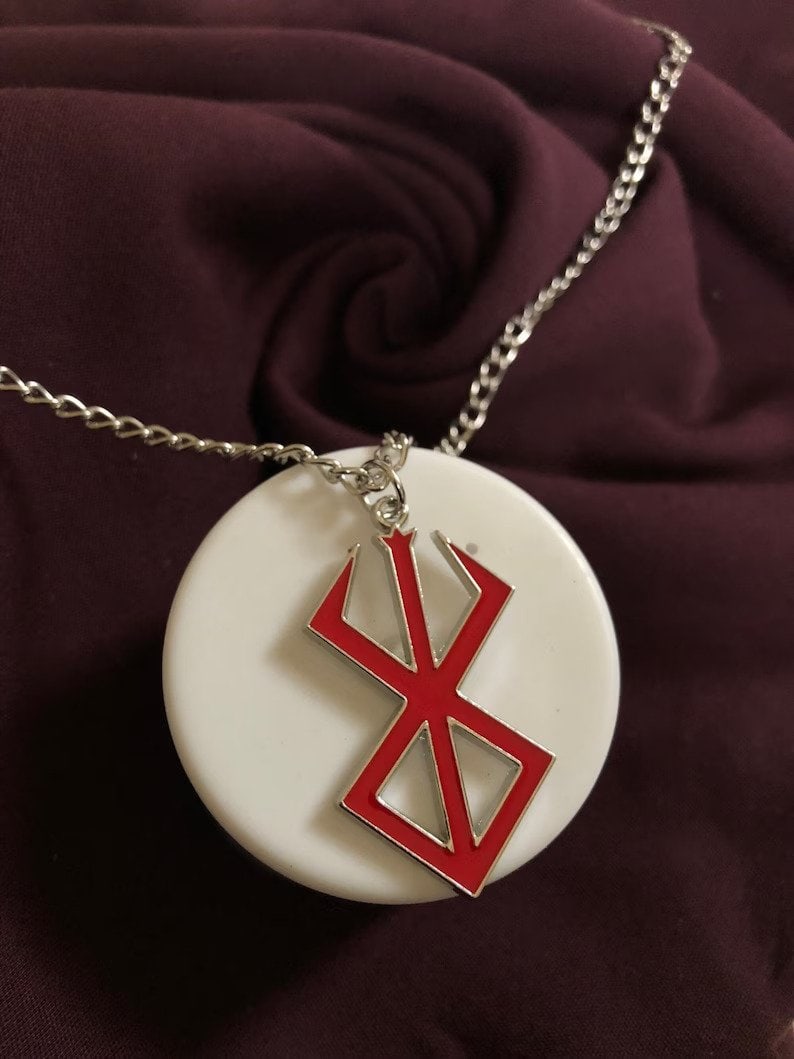
Berserker-inspired jewelry draws its inspiration from Norse mythology and the legends of these fierce warriors.
Since some berserkers might have worn bear (ber-serkr meaning “bear-shirt”) or wolf skins into battle, pendants featuring bear claws, heads, or full wolf and bear motifs are popular choices.
Berserkers were renowned for their combat skills, so axe-shaped pendants or rings, sometimes engraved with runes, are commonly associated with them.
Certain Norse runes that might be linked to bravery, protection, or war could be inscribed on jewelry items to evoke the spirit of the berserker.
Given their close association with Odin, symbols related to this god, such as the valknut (three interlocked triangles) or depictions of his ravens Huginn and Muninn, can be found in berserker-inspired jewelry. Some pieces might depict a warrior in a frenzied state, representing the berserker’s iconic battle rage.
What Does the Berserker Symbol Mean Today?
Today, the idea of the berserker from old Norse stories has found a new meaning. When you see characters in video games or movies going full-on rage mode, that’s the berserker vibe. It’s not just about being angry, but about finding a deep power or going beyond usual limits.
The berserkers were extremely loyal and would give everything for their people. They also had their own way of doing things, standing out and fighting against what they didn’t believe in. This has become a sign of rebellion and standing up to what’s wrong today.
Even though times have changed, the idea of the berserker still stands for deep feelings, strong commitment, and the magic of change in our culture.
Wrapping Up
The berserker symbol, from old Norse stories, reminds us of our inner strength and the balance between human and godly powers. Today, it still speaks to us, pushing us to find our courage and tackle life’s challenges head-on.
Related articles
Every Norse Rune Explained: Elder & Younger Futhark
Norse Mythology: Loki, The Trickster God Unveiled
Huldra: Seductive Forest Beings of Norse Mythology




